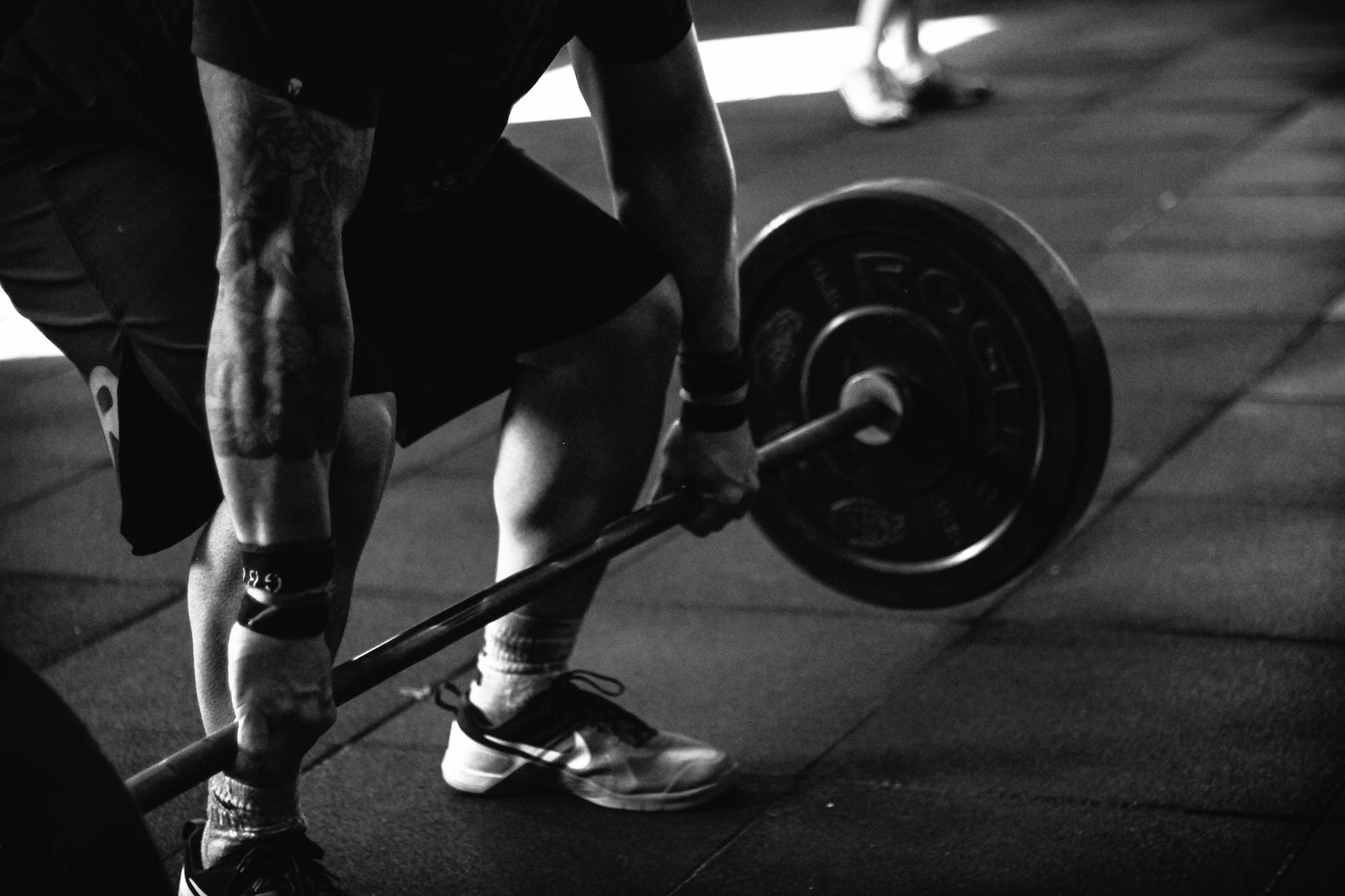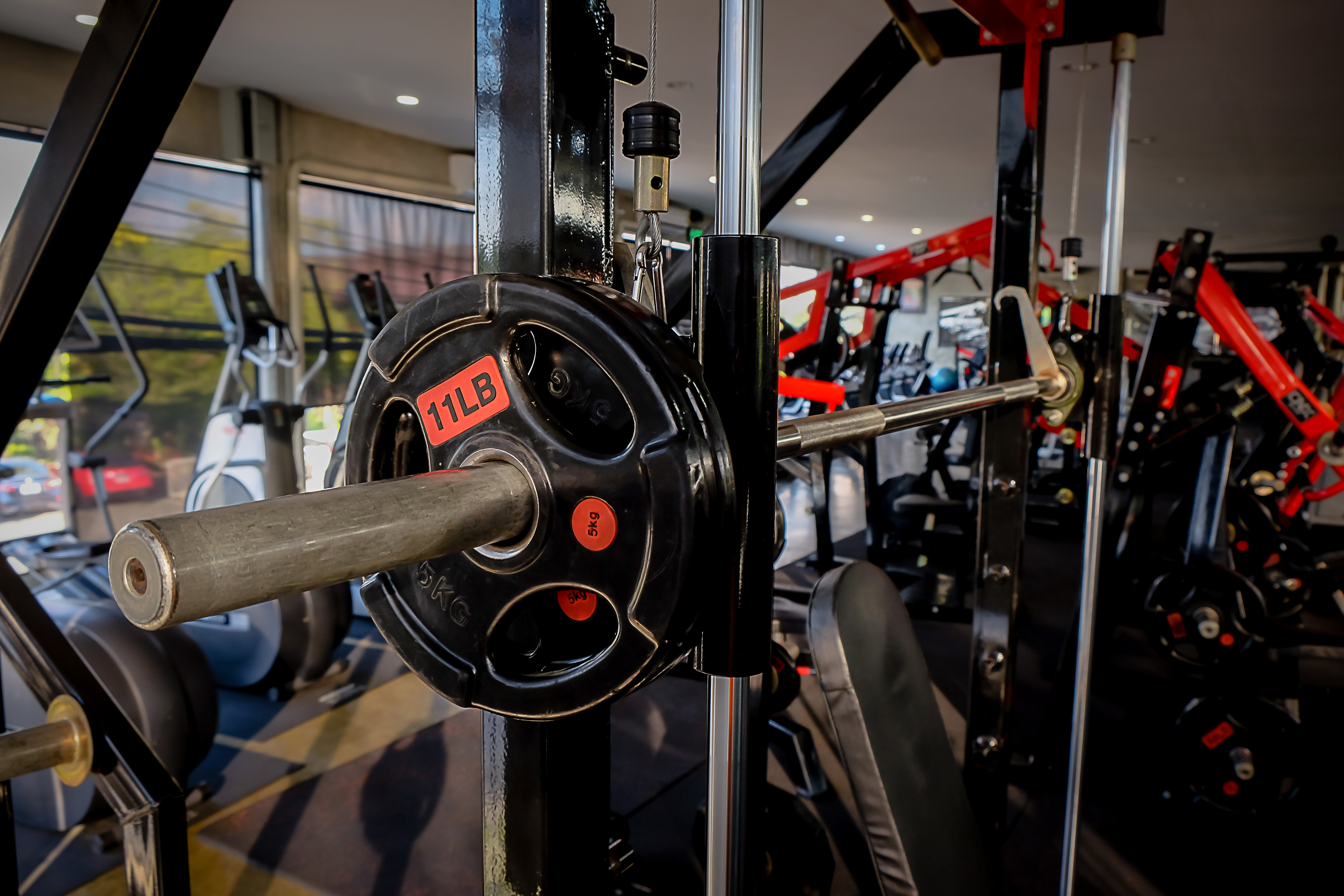Weight lifting can be intimidating, especially if you are just starting out. There is a lot to learn and understand, but with the right attitude and dedication it can be a great journey. In this blog, I will outline the steps to get started with weight lifting, from understanding the basics to setting up a routine that works for you. I will also discuss proper form and technique, nutrition and hydration, and injury prevention. You will learn how to start weight lifting.
Weight lifting is an exercise that involves lifting heavy weights in order to build muscle and strength. It is a great way to stay fit, as it can help you lose weight, build muscle, and improve your overall physical and mental wellbeing. Weight lifting can be done at home or in the gym, and it is important to understand the basics before you start.
The first step is to get familiar with the different types of weightlifting equipment. Barbells, dumbbells, and kettlebells are all common pieces of weightlifting equipment. You should also have a spotter, someone who can help you out if you get stuck, and some basic safety equipment like gloves and a weight belt.
It is also important to understand the different types of weightlifting exercises. These include squats, deadlifts, presses, and rows. Each exercise has its own set of benefits, so it is important to understand how each exercise works and what muscles it targets.
Benefits of Weight Lifting
Weight lifting has numerous benefits for your overall health and wellbeing. First, it can help you lose weight by increasing your metabolism and burning more calories. Weight lifting also helps build muscle, which can improve your physical appearance and strength. Additionally, weight lifting can help improve your mental wellbeing and reduce stress levels.
Weight lifting can also help improve your overall fitness level. It can help you become stronger and more agile, and it can help improve your balance and coordination. Finally, weight lifting can help improve your posture and reduce your risk of injury.
Equipment Needed to Start Weight Lifting
Before you start weight lifting, it is important to have the right equipment. If you are just starting out, a set of adjustable dumbbells is a great place to start. You can also invest in a barbell and some additional weights. Kettlebells are also a popular choice for weight lifting, as they can be used for a variety of exercises.
You will also need some basic safety equipment, such as wrist wraps, a weight belt, and gloves. It is also important to have a spotter, someone who can help you out if you get stuck. Finally, you will need some comfortable clothes and shoes for your weightlifting sessions.

Types of Weight Lifting Exercises
The next step is to understand the different types of weight lifting exercises. Squats, deadlifts, presses, and rows are all popular exercises that you can use to build muscle and strength. Each exercise has its own set of benefits and can target different muscles. It is important to understand how each exercise works and the muscles it targets.
Squats target your quadriceps and glutes and are great for building leg strength. Deadlifts target your back and core muscles and are a great exercise for building overall strength. Presses target your chest, shoulders, and triceps and are great for building upper body strength. Finally, rows target your back and biceps and are great for building strength and stability.
Once you have a basic understanding of the exercises and the equipment you need, it’s time to set up your weight lifting routine. Start by setting realistic goals for yourself and determine how many days a week you can commit to weight lifting. Set a schedule that works for you and keep track of your progress.
When it comes to the exercises in your routine, it is important to choose exercises that are appropriate for your fitness level. Start with lighter weights and increase the amount of weight as you get stronger. It is also important to focus on proper form and technique, as this will help you get the most out of your workouts and reduce your risk of injury.
Starting Your Weight Lifting Journey
Now that you have a basic understanding of weight lifting and have set up your routine, it’s time to start your weight lifting journey. Start by warming up with some light cardio and dynamic stretching. This will help increase your body temperature, improve your range of motion, and reduce your risk of injury.
Once you’re warmed up, it’s time to start lifting. Start with lighter weights and focus on proper form and technique. Make sure to challenge yourself, but don’t push too hard. Take regular breaks and listen to your body. If something doesn’t feel right, stop and rest.
Proper form and technique are essential for weight lifting. Make sure to keep your back straight, your core engaged, and your head and neck in neutral alignment. When lifting, keep your elbows close to your body and make sure to squeeze your glutes at the top of the movement.
It is also important to use a full range of motion. Don’t rush through the repetitions, and make sure to move slowly and deliberately. Finally, make sure to use a slow and controlled tempo. This will help you get the most out of your workouts and reduce your risk of injury.
Nutrition and Hydration for Weight Lifting
It is also important to pay attention to your nutrition and hydration when weight lifting. Eating a balanced diet and drinking plenty of water will help fuel your workouts and help you get the most out of them. Make sure to eat a wide variety of nutritious foods and stay hydrated throughout your workouts.
Foods that are high in protein, such as lean meats, eggs, beans, and nuts, can help you build muscle and strength. Carbohydrates and healthy fats are also important, as they provide energy and help your body recover after workouts. Make sure to get plenty of vitamins and minerals from fruits and vegetables.
Ready to hit the gym? Start slow & find a weight lifting routine that works for you! Don’t forget to hydrate & take breaks — you’ll be looking better than ever in no time!
Recovery and Injury Prevention
Recovery and injury prevention are essential for weight lifting. Make sure to get enough rest between workouts and give your body time to recover. It is also important to stretch after your workouts and foam roll or use a lacrosse ball to release any tight muscles.
Finally, it is important to pay attention to your body and listen to any pain or discomfort you may feel. If something doesn’t feel right, stop and rest. If the pain persists, consult a doctor or physical therapist.
Mastering the Basics: A Comprehensive Guide to Muscle Building for Beginners
Conclusion
Weight lifting is a great way to stay fit and build muscle and strength. It is important to understand the basics before you start and to have the right equipment and safety gear. Make sure to choose exercises that are appropriate for your fitness level and focus on proper form and technique. Additionally, pay attention to your nutrition and hydration and make sure to give your body time to recover. With the right attitude and dedication, weight lifting can be a great journey.
The Science Behind Muscle Recovery: Effective Strategies for Post-Workout Healing





